Home>Home Appliances>Home Automation Appliances>What Is The Emergency Heat Setting On My Thermostat
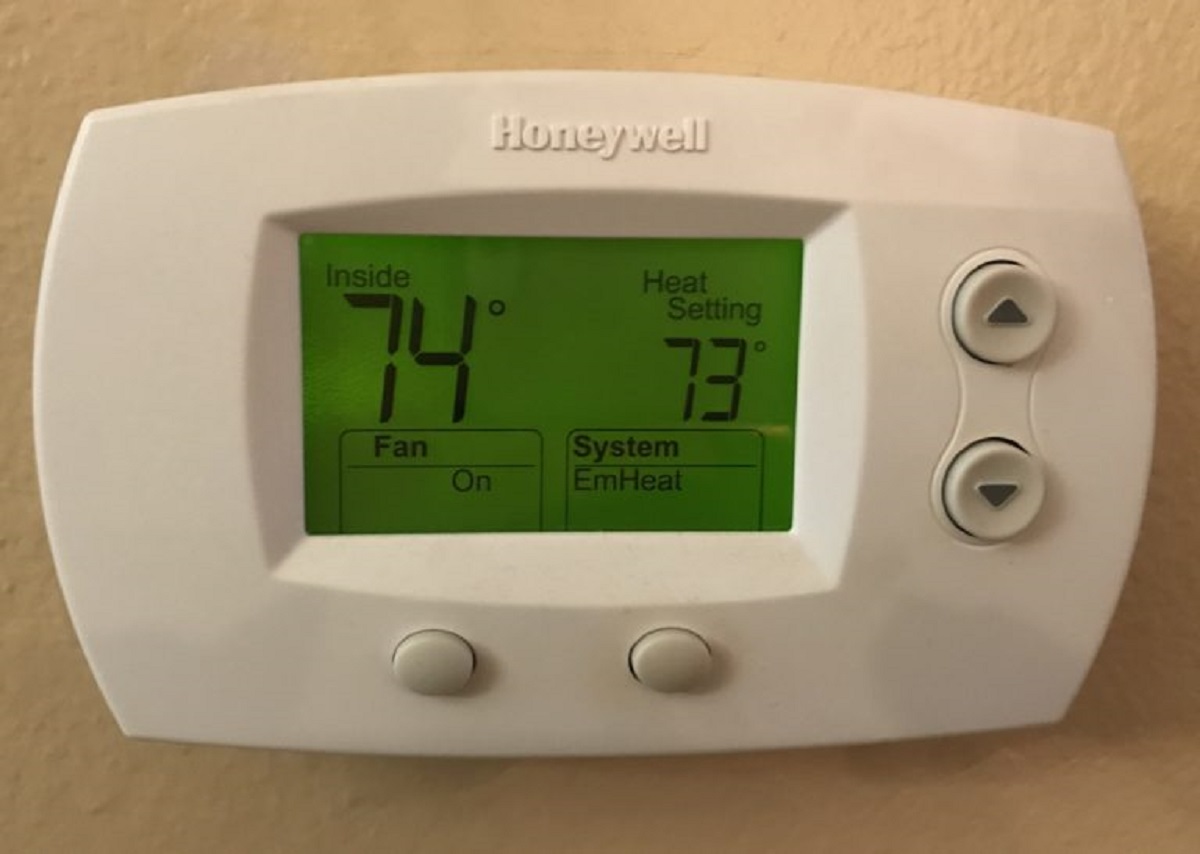

Home Automation Appliances
What Is The Emergency Heat Setting On My Thermostat
Modified: April 22, 2024
Learn how to use the emergency heat setting on your thermostat for efficient home automation. Understand its function and benefits for your home-automation appliances.
(Many of the links in this article redirect to a specific reviewed product. Your purchase of these products through affiliate links helps to generate commission for Storables.com, at no extra cost. Learn more)
**
Introduction
**
Welcome to the world of home automation and appliances, where the convenience and comfort of modern living intersect with cutting-edge technology. In this article, we will delve into the intriguing realm of emergency heat settings on thermostats, shedding light on what they are, how they work, and when to utilize them.
As the seasons shift and temperatures fluctuate, ensuring that your home remains warm and cozy is paramount. Your thermostat serves as the command center for regulating indoor climate, and understanding its emergency heat setting can be a game-changer during chilly spells.
So, let's embark on a journey to unravel the mysteries of emergency heat, empowering you to make informed decisions about your home's heating system. Whether you're a tech enthusiast, a homeowner keen on optimizing energy efficiency, or someone seeking to expand their knowledge of home appliances, this exploration of emergency heat settings is sure to pique your interest.
Shall we dive into the fascinating world of emergency heat settings on thermostats? Let's embark on this illuminating journey together!
**
Key Takeaways:
- Emergency heat is a backup heating method for homes, activated when the main system struggles in extreme cold or malfunctions. It ensures continuous warmth during chilly weather, but may lead to higher energy consumption.
- Troubleshooting emergency heat issues involves checking thermostat settings, circuit breakers, air filters, and the auxiliary heat operation. Seeking professional help may be necessary for unresolved problems.
Read more: What Is Emergency Heat On HVAC
Understanding Emergency Heat
**
Before delving into the intricacies of emergency heat settings on thermostats, it’s essential to grasp the concept of emergency heat itself. Emergency heat serves as a backup heating method for your home, typically activated when the primary heating system is unable to function optimally. This feature is particularly crucial in regions prone to extremely cold weather or in homes equipped with heat pumps.
Heat pumps are designed to extract heat from the outdoor air and transfer it indoors during colder months. However, when outdoor temperatures plummet to frigid levels, the efficiency of heat pumps diminishes. This is where emergency heat comes into play, providing an alternative source of warmth to maintain indoor comfort.
Emergency heat is often linked to the auxiliary heat function in heat pump systems. This auxiliary heat, commonly powered by electricity or gas, supplements the heat pump’s efforts during exceptionally cold conditions. When the heat pump struggles to extract sufficient warmth from the outdoor air, the emergency heat setting can be manually activated to ensure consistent heating within your home.
Understanding the role of emergency heat is pivotal for homeowners, as it enables them to make informed decisions during cold snaps. By comprehending the purpose and functionality of emergency heat, individuals can optimize their heating systems to mitigate discomfort and maintain a snug indoor environment.
With a solid grasp of what emergency heat entails, we can now explore the circumstances that warrant its use and the mechanics behind its operation.
**
When to Use Emergency Heat
**
Knowing when to activate the emergency heat setting on your thermostat is instrumental in ensuring your home remains warm and cozy, especially during harsh weather conditions. Several scenarios call for the utilization of emergency heat, allowing homeowners to effectively manage their heating systems for optimal comfort and efficiency.
1. Extreme Cold Weather: When the outdoor temperature plummets to exceptionally low levels, heat pumps may struggle to extract sufficient heat from the air. In such frigid conditions, activating the emergency heat setting can provide a reliable source of warmth, ensuring that your home remains comfortably heated despite the outdoor chill.
2. Heat Pump Malfunction: If your heat pump experiences mechanical issues or malfunctions, the emergency heat setting becomes crucial for maintaining indoor warmth. By seamlessly transitioning to the emergency heat mode, homeowners can circumvent discomfort caused by heat pump failures and ensure continuous heating until the primary system is repaired.
3. Defrost Cycles: Heat pumps undergo defrost cycles to remove frost buildup on their outdoor coils during cold weather. While defrosting, the heat pump’s heating function is temporarily suspended, potentially leading to a temporary drop in indoor temperature. Activating the emergency heat setting during defrost cycles can mitigate any cooling effects, keeping your home comfortably heated throughout the process.
Recognizing these circumstances empowers homeowners to make informed decisions regarding the activation of emergency heat, safeguarding their indoor comfort and well-being during challenging weather conditions. By leveraging the emergency heat setting judiciously, individuals can navigate through cold snaps and heating system malfunctions with confidence, ensuring a snug and inviting home environment.
**
How Emergency Heat Works
**
Understanding the mechanics of emergency heat is essential for homeowners seeking to optimize their heating systems and ensure uninterrupted warmth during challenging weather conditions. Emergency heat operates as a backup heating source, seamlessly taking over when the primary heating system, such as a heat pump, encounters limitations due to extreme cold or malfunctions.
When the emergency heat setting is activated on the thermostat, the system bypasses the heat pump and exclusively utilizes the backup heating element, commonly powered by electricity or gas. This enables the home to maintain a comfortable temperature by relying solely on the auxiliary heat, ensuring that indoor warmth is sustained even when the primary heat pump is unable to operate efficiently.
One key aspect of how emergency heat works is its ability to provide consistent heating without relying on the heat pump’s outdoor functionality. This is particularly beneficial during severe cold spells when the heat pump’s capacity to extract heat from the outdoor air diminishes, potentially leading to inadequate indoor heating. By seamlessly transitioning to emergency heat, homeowners can circumvent these challenges and ensure a cozy indoor environment.
Moreover, emergency heat systems are designed to operate independently of the heat pump’s defrost cycles. When the heat pump undergoes defrosting to remove frost buildup on its outdoor coils, the emergency heat setting ensures that indoor heating remains uninterrupted, mitigating any temporary cooling effects associated with the defrost cycle.
By comprehending how emergency heat functions as a reliable backup heating solution, homeowners can effectively manage their heating systems during adverse weather conditions and heating system malfunctions. This knowledge empowers individuals to make informed decisions when activating the emergency heat setting, ensuring consistent warmth and comfort within their homes.
**
The emergency heat setting on your thermostat is a backup option for when your main heating system isn’t working. It uses a different, usually less efficient, heating source to keep your home warm. Only use it when necessary to avoid high energy costs.
Pros and Cons of Using Emergency Heat
**
Utilizing the emergency heat setting on your thermostat offers both advantages and considerations that homeowners should be mindful of. Understanding the pros and cons of relying on emergency heat enables individuals to make informed decisions regarding their heating systems, ensuring optimal comfort and efficiency.
- Pros
1. Reliable Heating: During extreme cold weather or heat pump malfunctions, emergency heat serves as a dependable backup, ensuring continuous and consistent heating within your home.
2. Independent Operation: Emergency heat operates autonomously, bypassing the heat pump and relying solely on the auxiliary heating source. This independence ensures that indoor warmth is sustained even when the primary heating system encounters limitations.
3. Defrost Cycle Mitigation: When the heat pump undergoes defrost cycles, the emergency heat setting prevents any temporary cooling effects, maintaining a comfortable indoor temperature throughout the defrosting process.
- Cons
1. Energy Consumption: Emergency heat systems, often powered by electricity, can lead to increased energy consumption when activated for prolonged periods. This may result in higher utility costs, especially if the primary heating system remains in emergency mode due to persistent cold weather.
2. Efficiency Impact: While emergency heat ensures continuous heating, its reliance on auxiliary heating sources may be less energy-efficient compared to the primary heat pump. Prolonged use of emergency heat can impact the overall energy efficiency of the heating system.
3. Maintenance Considerations: Frequent reliance on emergency heat may indicate underlying issues with the primary heating system, necessitating maintenance and potential repairs to optimize its performance and minimize the need for emergency heat activation.
By weighing the pros and cons of using emergency heat, homeowners can make informed choices regarding its activation, balancing the need for consistent indoor warmth with considerations related to energy consumption, system efficiency, and maintenance. This awareness empowers individuals to manage their heating systems effectively, ensuring comfort and cost-efficiency in their homes.
**
Read more: Why Is My Vivint Thermostat Not Heating
Troubleshooting Emergency Heat Issues
**
Encountering issues with the emergency heat setting on your thermostat can be concerning, especially during periods of extreme cold or when the primary heating system malfunctions. Understanding how to troubleshoot emergency heat problems equips homeowners with the knowledge to address potential issues and ensure uninterrupted indoor warmth.
Here are some common troubleshooting steps to consider:
- Check Thermostat Settings: Verify that the thermostat is set to the “Heat” mode and that the temperature setting is higher than the current room temperature. Additionally, ensure that the emergency heat option is enabled if your thermostat features this setting.
- Inspect Circuit Breakers: Examine the circuit breakers or fuses associated with the heating system to ensure they haven’t tripped or blown. If a breaker has tripped, reset it, and if a fuse has blown, replace it with a new one of the same rating.
- Assess Air Filters: Dirty or clogged air filters can impede the airflow and efficiency of the heating system, including the emergency heat function. Regularly inspect and replace air filters to maintain optimal system performance.
- Verify Auxiliary Heat Operation: If your heating system utilizes auxiliary heat, confirm that this component is functioning correctly. Issues with the auxiliary heat source can impact the effectiveness of the emergency heat setting.
- Inspect Heat Pump: If your home is equipped with a heat pump, ensure that the primary heating system is operational. Malfunctions in the heat pump can trigger the automatic activation of the emergency heat setting.
- Professional Inspection: If troubleshooting steps fail to resolve the emergency heat issues, consider seeking assistance from a qualified HVAC technician. Professional inspection and maintenance can identify underlying issues and ensure the optimal performance of your heating system.
By proactively troubleshooting emergency heat issues, homeowners can address potential problems and restore the functionality of their heating systems, safeguarding indoor comfort and warmth, particularly during challenging weather conditions.
**
Conclusion
**
Exploring the realm of emergency heat settings on thermostats has provided valuable insights into a crucial aspect of home heating systems. By delving into the functionality, benefits, and considerations associated with emergency heat, homeowners can make informed decisions to optimize their indoor comfort and energy efficiency.
Understanding when to activate emergency heat, how it operates, and the potential pros and cons of its use empowers individuals to navigate through cold snaps, heat pump malfunctions, and extreme weather conditions with confidence. By leveraging the emergency heat setting judiciously, homeowners can ensure consistent warmth within their homes, mitigating discomfort and minimizing the impact of heating system challenges.
Moreover, being equipped with troubleshooting knowledge enables homeowners to address potential emergency heat issues promptly, ensuring the seamless operation of their heating systems and the uninterrupted comfort of their living spaces.
As technology continues to advance, the integration of emergency heat settings in thermostats underscores the commitment to enhancing home automation and appliance functionality, offering homeowners greater control over their indoor climate and energy usage.
Whether you’re a tech enthusiast, a homeowner seeking to optimize energy efficiency, or someone intrigued by the intricacies of home appliances, the exploration of emergency heat settings on thermostats serves as a valuable resource for enhancing your understanding of heating systems and their backup functionalities.
As we conclude this enlightening journey into the world of emergency heat settings, may this knowledge empower you to navigate through the complexities of home heating systems with confidence, ensuring warmth, comfort, and efficiency within your cherished abode.
Frequently Asked Questions about What Is The Emergency Heat Setting On My Thermostat
Was this page helpful?
At Storables.com, we guarantee accurate and reliable information. Our content, validated by Expert Board Contributors, is crafted following stringent Editorial Policies. We're committed to providing you with well-researched, expert-backed insights for all your informational needs.
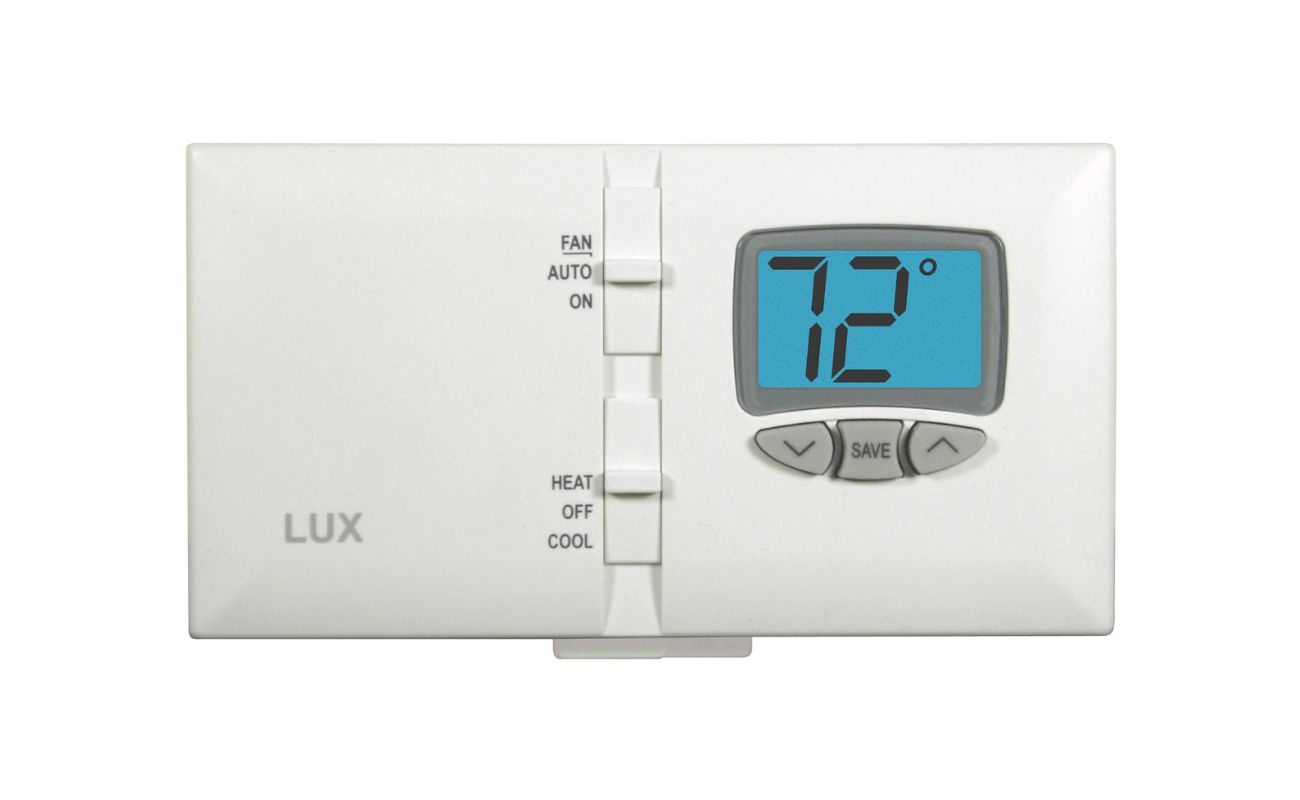
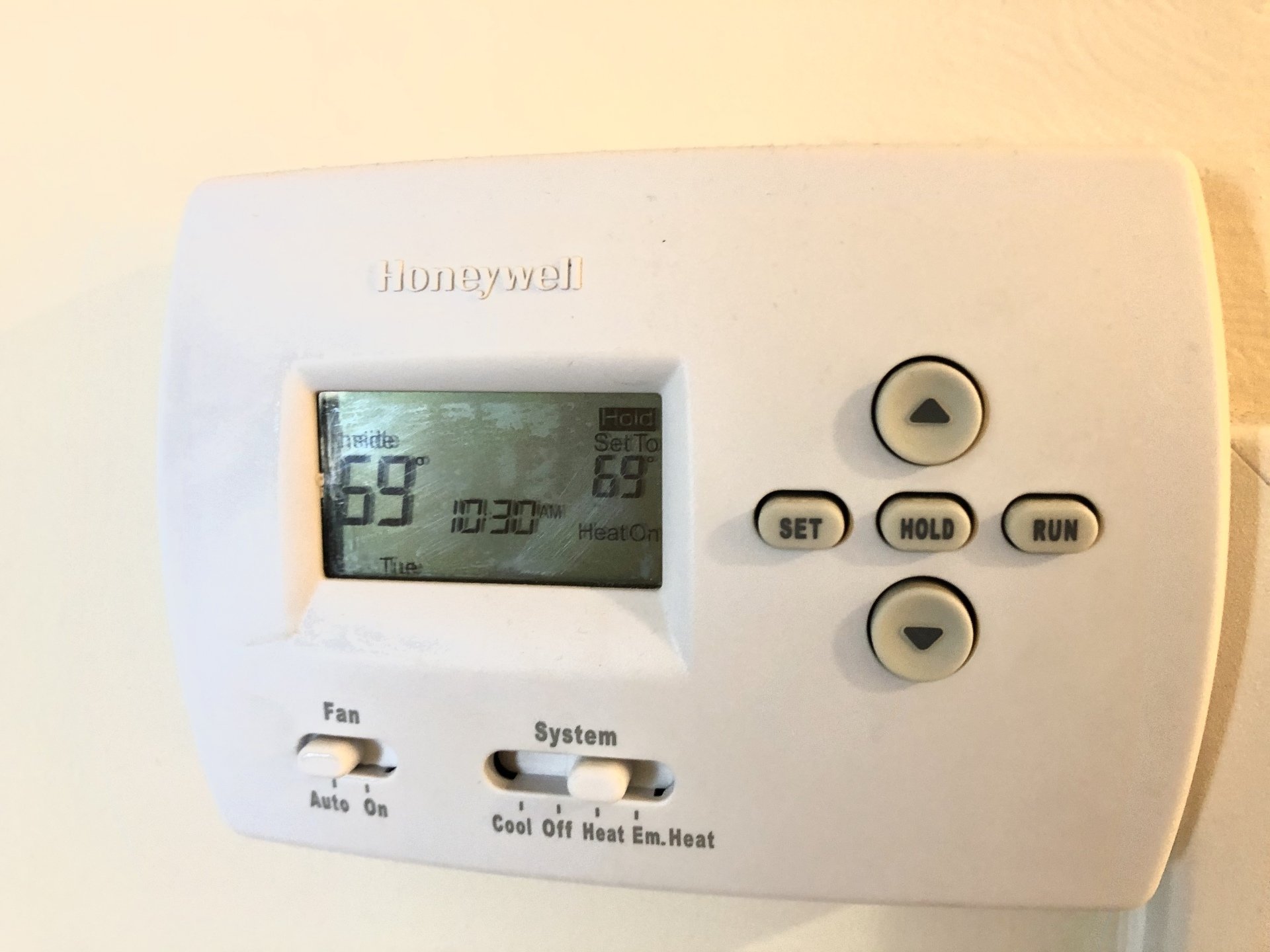
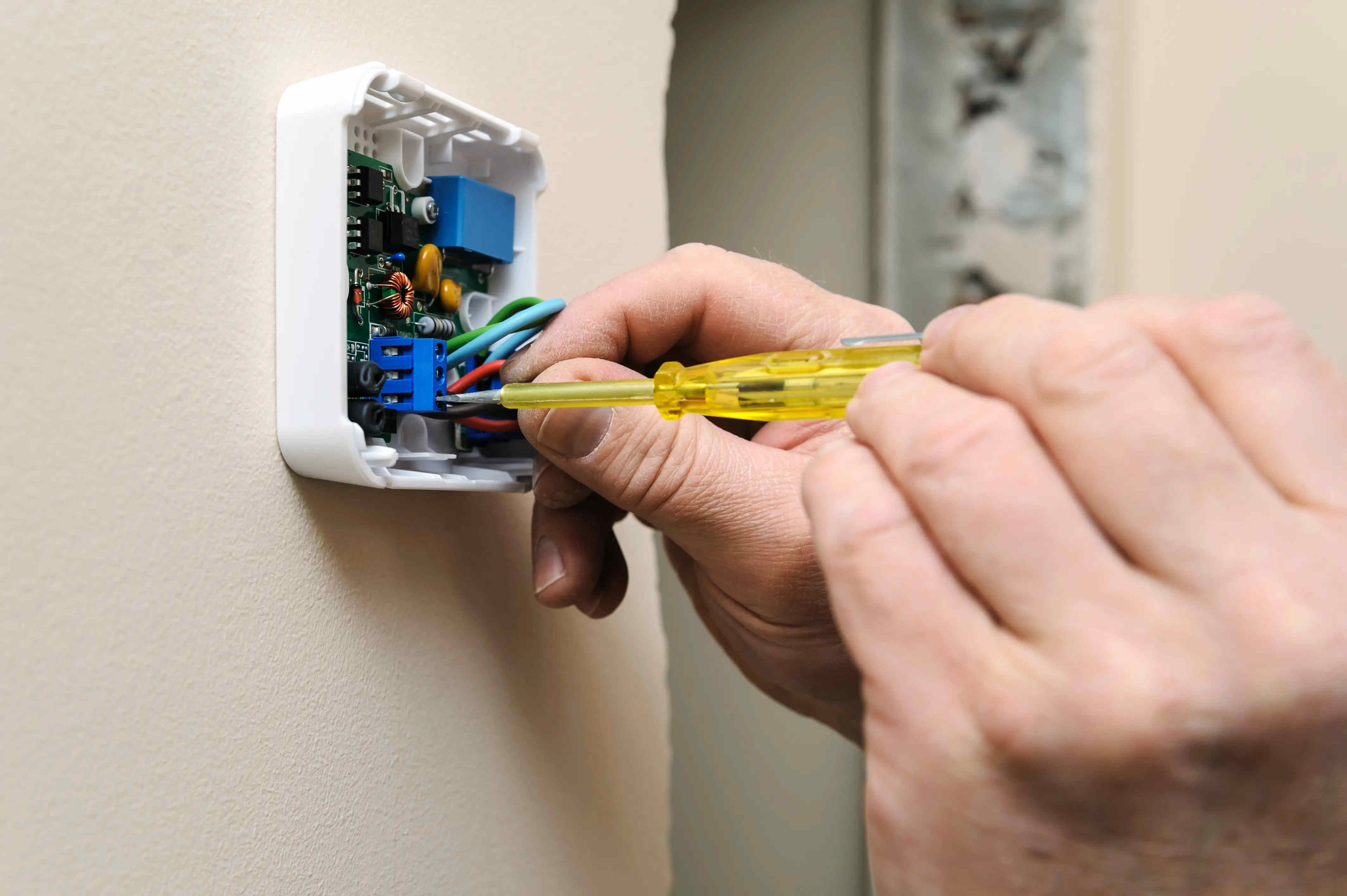
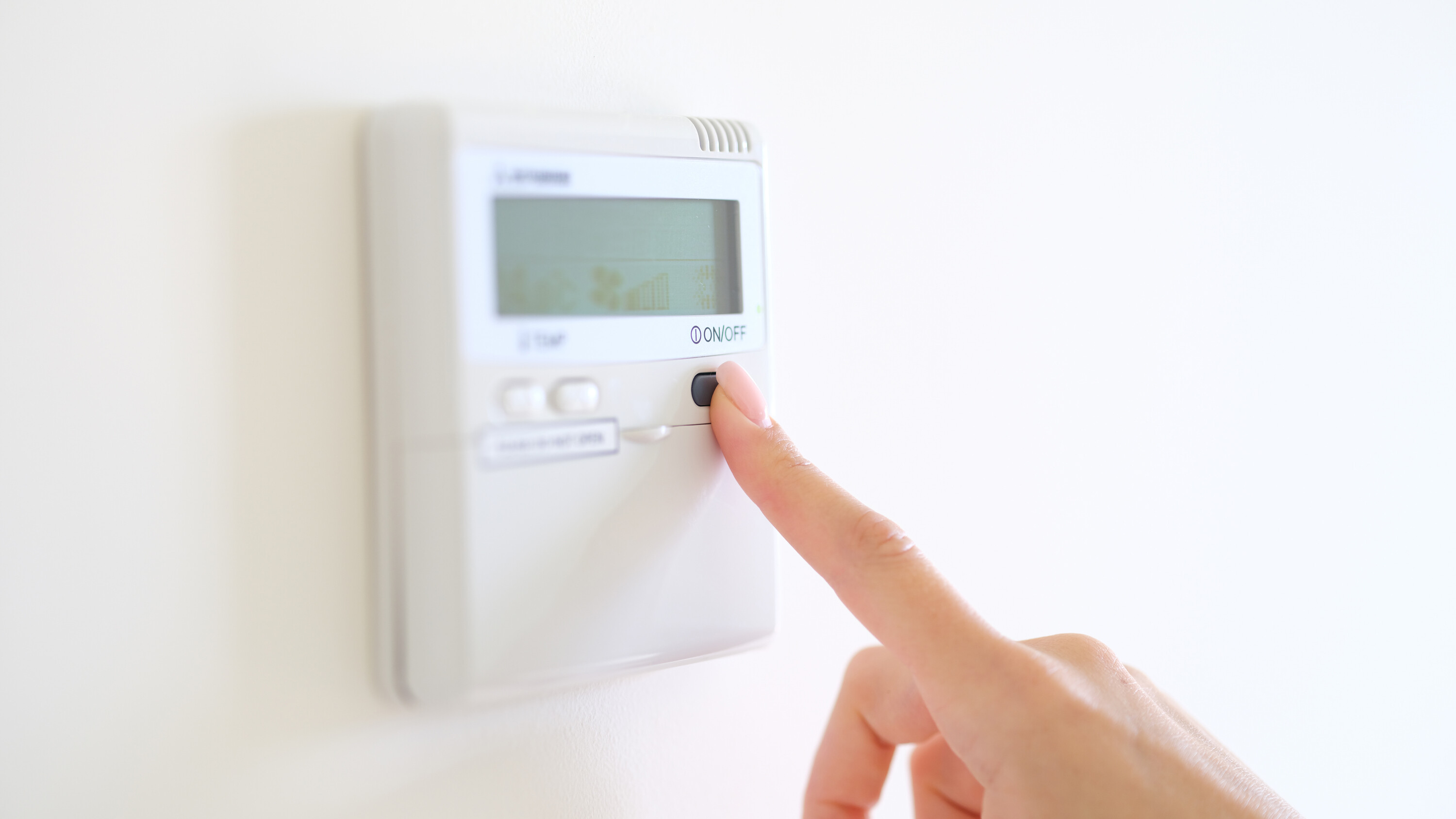
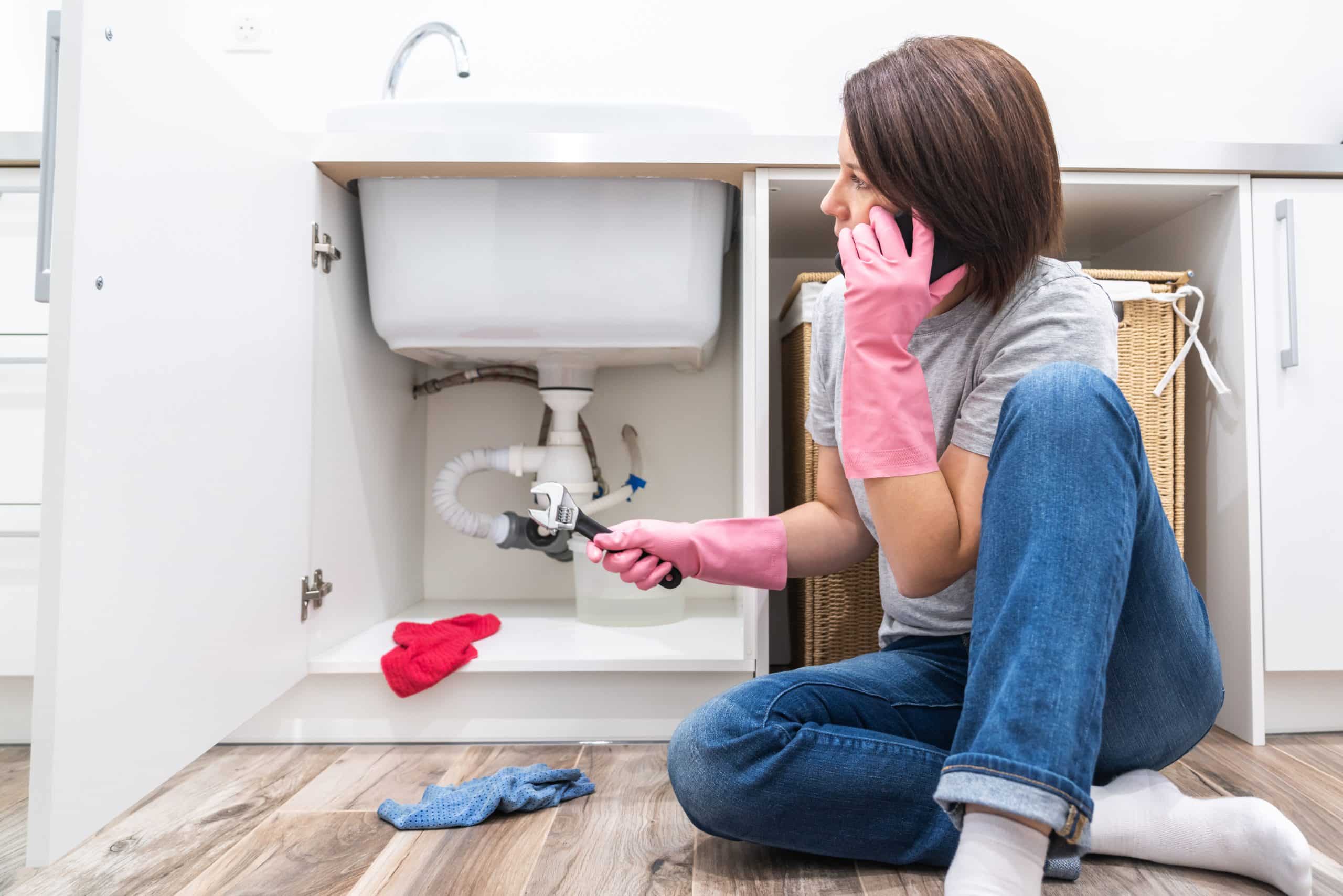

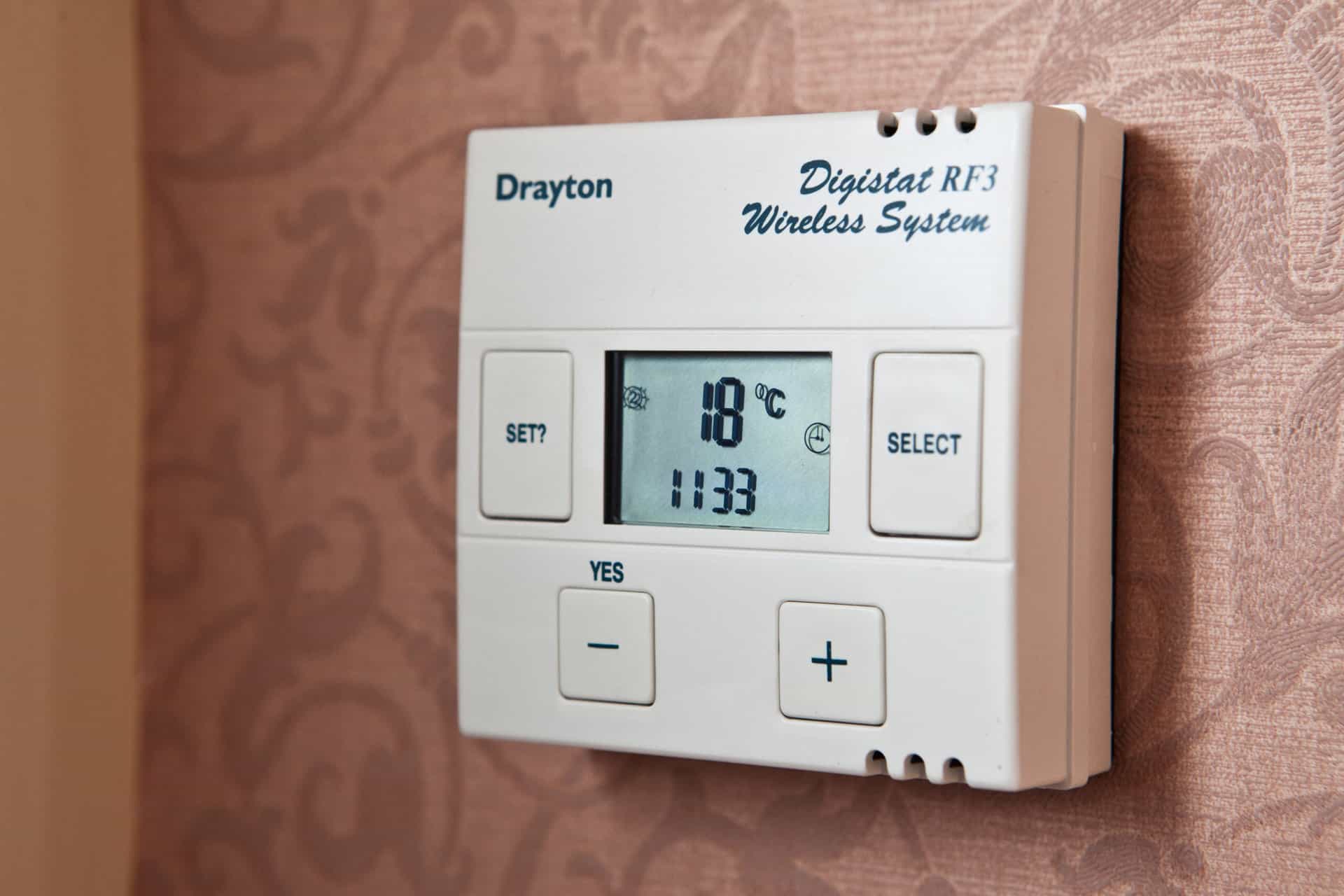
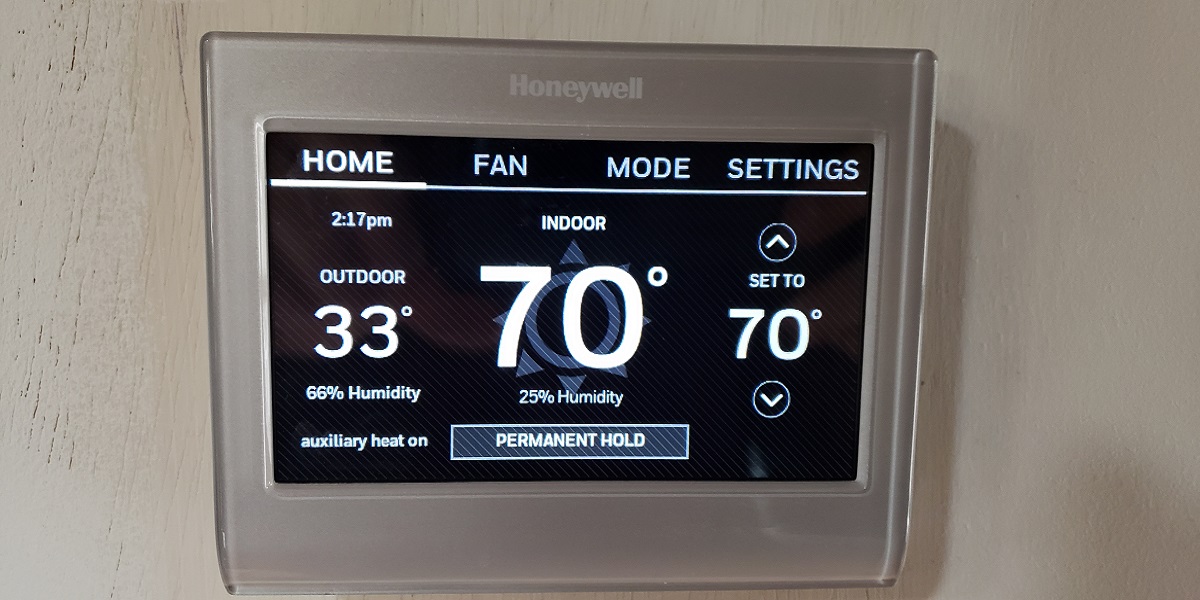
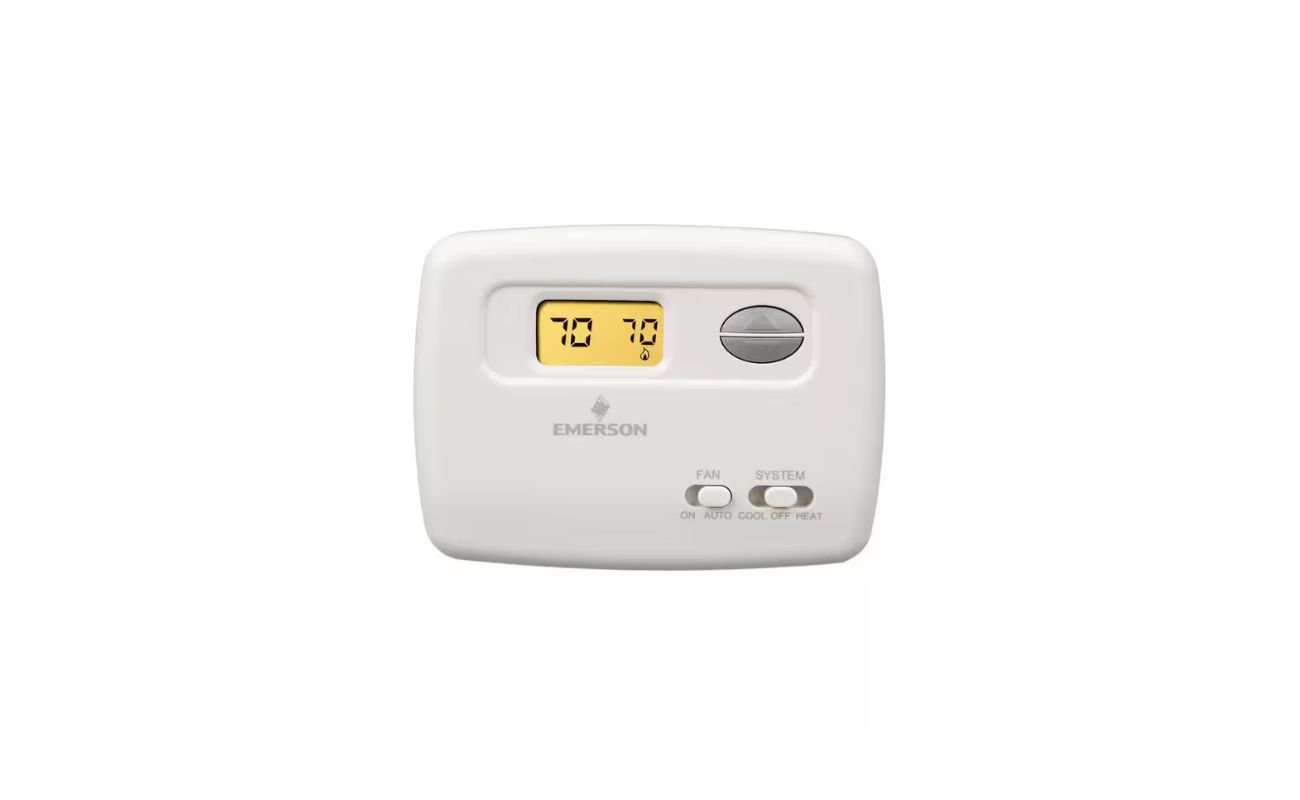
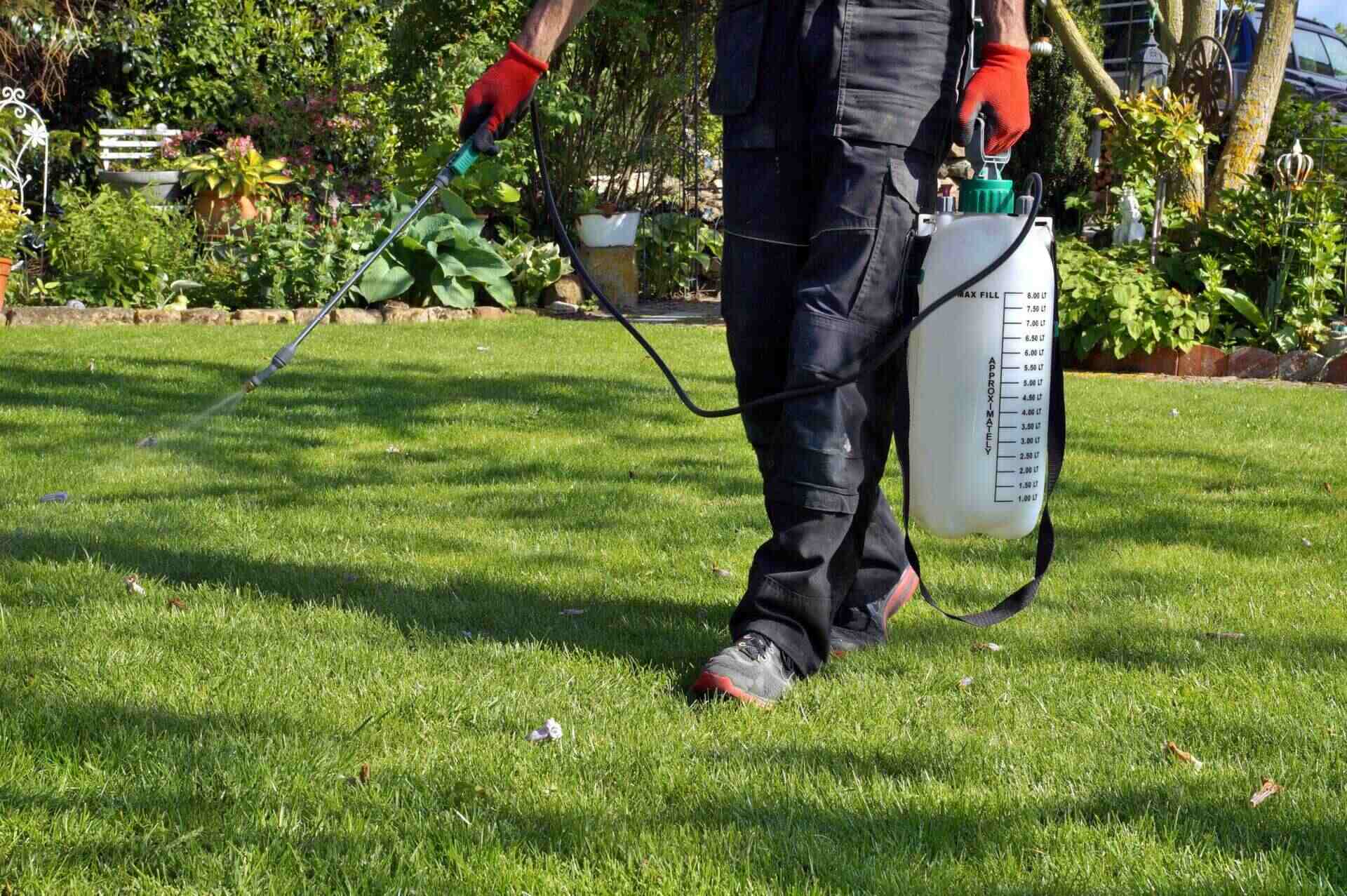
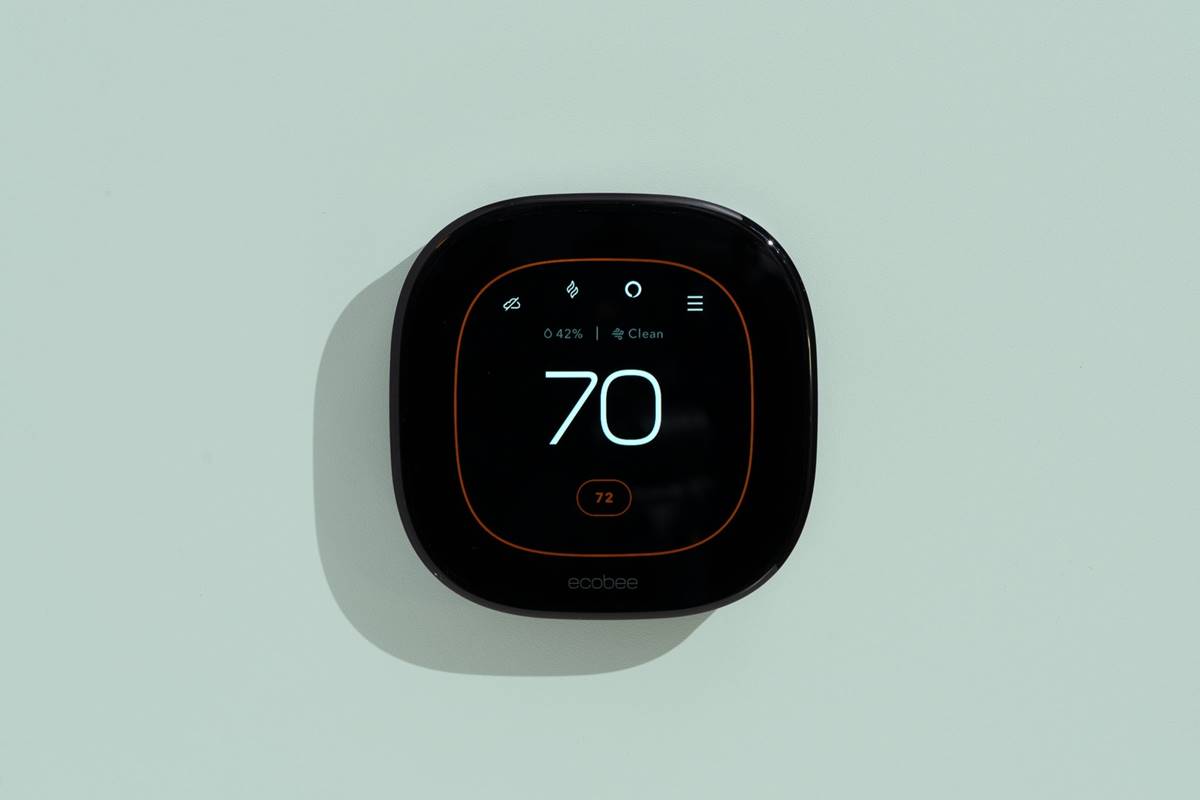
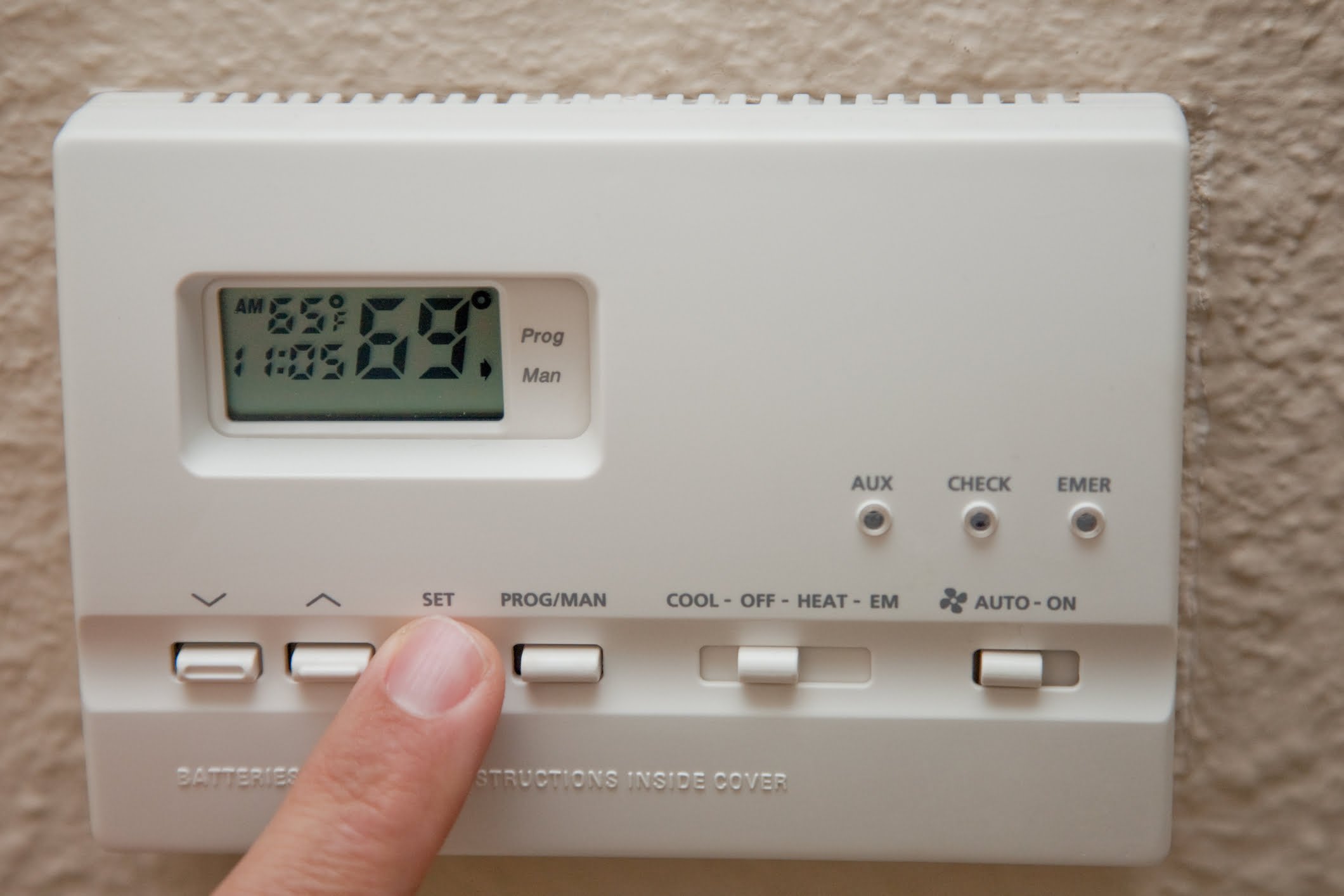
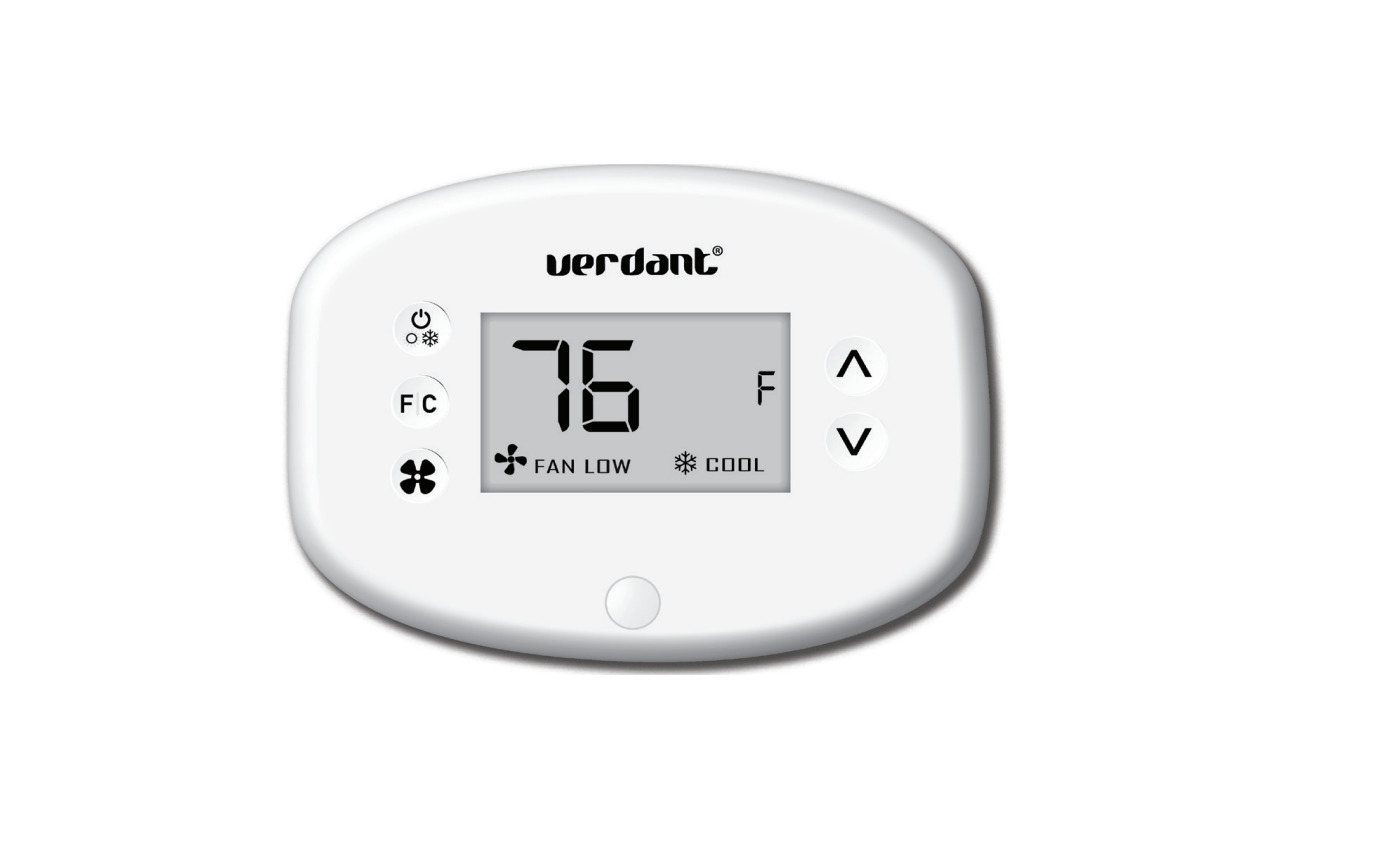
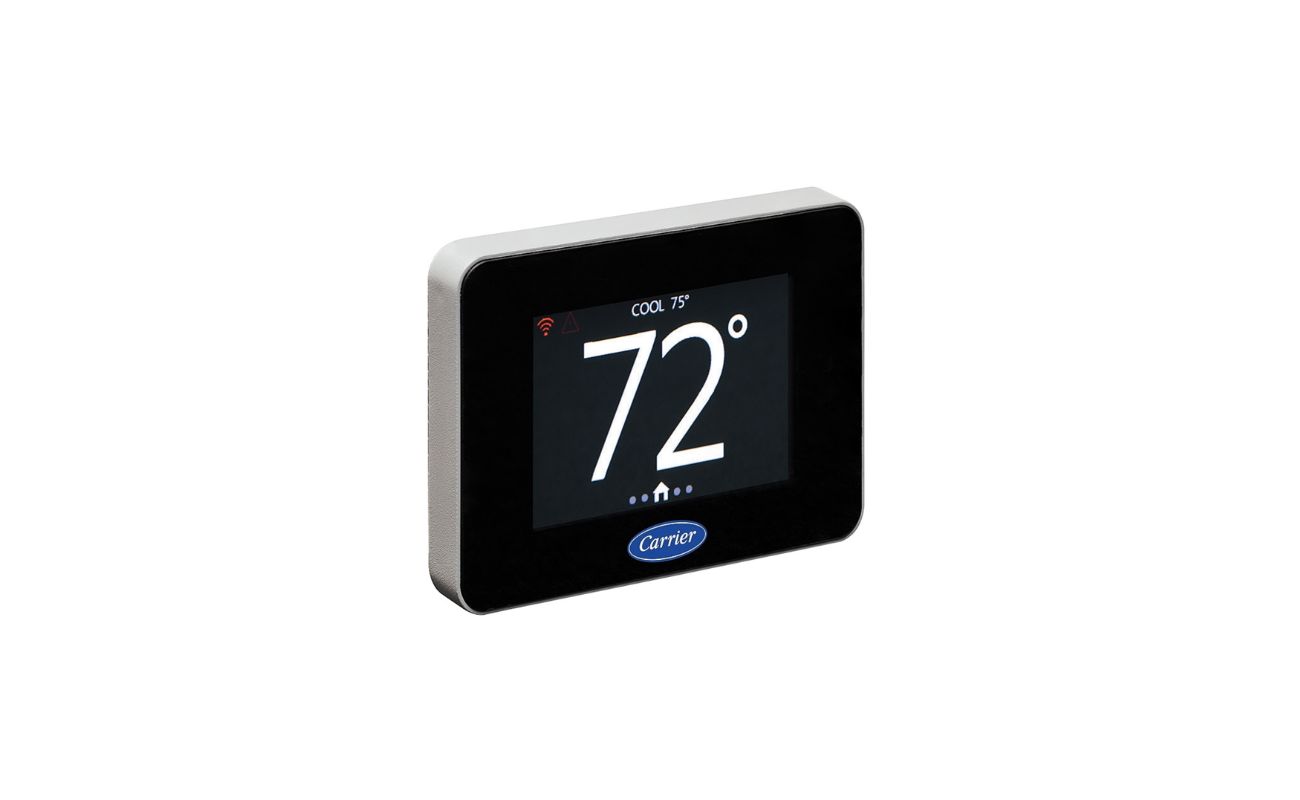

0 thoughts on “What Is The Emergency Heat Setting On My Thermostat”